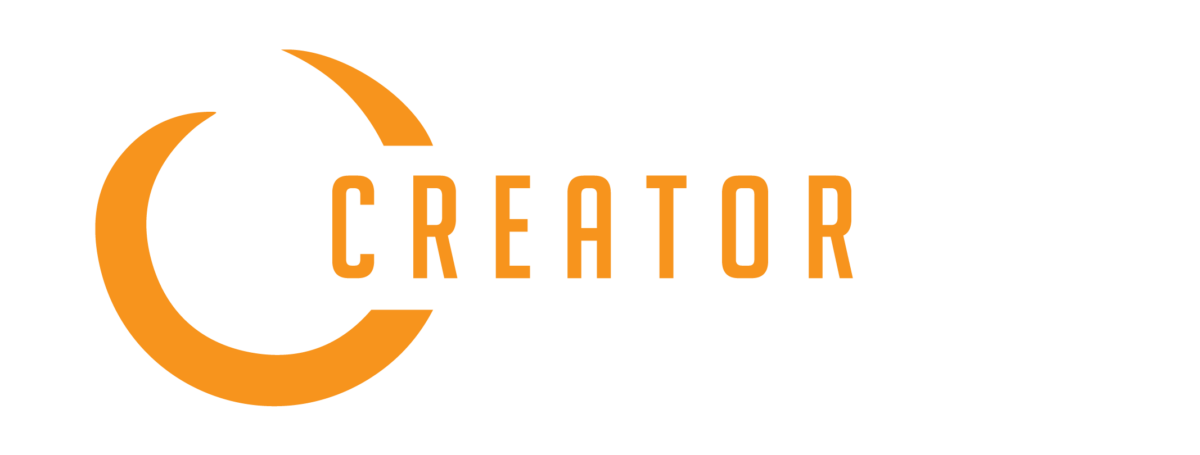Successful website projects are all about collaboration between you (the client) and the web agency – or designer/s and developer/s – you are working with.
Why, you may ask?
The expertise of your website team is a necessary condition for the development of a beautiful, functional website that suits your intended purpose. In turn, for your web team to create the website of your dreams, they need you to consistently convey your desires and preferences. Communication is key!
It’s possible that you have already gone through a not-so-positive experience in creating a website with an agency or a solo web designer, and didn’t find much success. This does happen sometimes – and it’s usually down to one (or both) parties not delivering what was needed to push a great project over the line.
Tips For Communicating More Effectively

The importance of direct communication cannot be stressed enough. It’s the key to a beautiful website that fits your desires and preferences. Keeping lines of communication open allows both you and your web team to get the most out of your project. It’s very much a two-way street, requiring care and attention from both sides.
Teams communicating effectively helps to keep a website project on track; it’s the best way to avoid any time delays. As part of the original proposal that your web designer sends over to you, there will be a section on the project timeframe. This schedule is typically drawn out with an expectation that both parties will be able to communicate in a timely manner, and on a regular basis.
One of the best things you can do for your website project is to ensure that there is one clear point of contact with your business. This will often be yourself… but if you have a larger team of employees, then you may choose to delegate this task to a reliable and appropriate member of staff.
If you’re working with a web agency, they will have the same processes in place. Good agencies will always delegate a single point of contact. The advantage to having two single points of contact is that they both get to know each other as people, which helps them understand the nuances of your needs, and the detailed conditions of the project.
TIP: Decide who the main point of contact is for your company’s website project. If it’s not going to be you, make sure that person is briefed on all of your requirements and any other necessary details.
For any parts of the project that demand feedback from your company, you’ll want to make sure that you send back clear and concise notes to your website team.
If you have multiple people inside your company who will be reviewing the website work, it’s good to do this togetherand make a list of key details. Your main contact can then deliver this feedback.
The worst-case scenario here would be multiple people in your company all having their own ideas, with each of them independently sending feedback to the web agency. This can lead to confusion and unnecessary delays in the project, as well as potential work being carried out on changes that you didn’t want.
TIP: If there are multiple people in your business who will be reviewing your web project as it progresses, try and arrange meetings and round-table discussions with them. Make sure they’re all aware of your project’s goals and requirements.
Getting Clear on Goals and Objectives

It’s important to set goals for your website project. Creating clear goals facilitates easy communication throughout the duration of the project. Establishing goals also makes it possible to measure your success as you move forward.
Everyone involved in the design, development and deployment of the website needs to be aware of your goals. A great way to ensure this is to discuss them explicitly at the start of your project.
For a website project, common goals can include the site being delivered on schedule, for an agreed-upon level of investment, and with all contracted requirements in place.
Have you ever heard of or used SMART goals previously? These are goals defined as:
- Specific
- Measurable
- Achievable
- Relevant
- Time Bound
SMART goals are trackable goals with definitive results. This brings a level of structure to your goals, and easily allows you to see if they were attained or not – which is part of why businesses are SMART to implement them!
Here’s a few quick examples of SMART goals:
- 20% increase in sales through our website in the next 6 months.
- Reduce administration costs in managing our website by 15% over the next 4 months.
- 25% increase in membership for my online course website this year.
Each of these goals has a specific target which we can measure, is achievable, relevant to the project, and bound by atimescale.
TIP: Think about SMART goals for your business. What SMART goals would you like to achieve with your new website? Write down at least 3, if you can.
Communicating Your Requirements

You can’t really begin communicating important aspects of your website project without defining your scope, and considering carefully what your requirements are.
Ask yourself: what are you after in a website?
TIP: Make a list of 5 key features that you would love to see on your new website. It doesn’t hurt to look at what your closest competitors are doing!
Develop clarity in your vision. With clear and well thought-out expectations, everyone can find themselves on the same page.
Your requirements could focus around specific features; for example, the ability for customers to purchase your products and/or services online… or perhaps a Live Chat option that empowers your customers to get quick answers from you or your team.
When considering your requirements, reflect on your needs as well as the needs of your audience… sometimes they are two completely different things. Your business website is not just for ‘you’ as an individual… ultimately, it’s for your customers – after all, they’re the ‘audience’ who will be using it. It’s okay for you not to like a specific colour or feature… but do take a moment to consider your target audience, and what they would think.
TIP: In one sentence, try to describe how your ideal website makes your audience feel/think/act.
It can be hard to get yourself into the mindset of your target audience. As humans, we’re all built in different ways – it’s what makes us all so interesting. This is why it’s helpful to consult some existing customers and ask what influenced them to purchase from your business.
Once you’ve thoroughly undergone this process, be prepared to discuss these requirements with your web team… they will be able to tell you what is and isn’t possible. A digital strategist is helpful in this regard; they’re an expert in guiding you through what you should and shouldn’t do. Digital strategists manage your web project, and determine the skill level required for development tasks.
On the other hand, dedicated web developers are often helpful for implementing unique features that your business requires. CRM integrations, eCommerce functions, and automated calculators are all tasks commonly tackled by your average developer.
Sometimes you may have an idea that can’t be feasibly realised in your new website. Your digital strategist will let you know if this is the case… and if possible, they will suggest an alternative. Remember that they’re trying to work with you, so it’s important to foster an open discussion with them.
Discussing Investment In Your Project

The role of your web team is to create a great website for both your business, as well as for your customers. They are there to listen to you; identifying your requirements, and working within the investment level that you have available.
TIP: Think about the investment you want to make in your new website. What would success mean to you? E.g. “Double your sales in a year” or “100 new customers in 6 months”.
It’s possible that the budget you have set aside for your project will not match the requirements that you’ve asked for. In this situation, you may need to think about increasing your investment. Alternatively, you can set aside some of the less important requirements for a second phase of design work in the future.
TIP: Make a list of your requirements and assign a priority to each. Which of these could be pushed to a second phase of design work, if necessary?
Good Luck and Best Wishes From the Creator Club!
We hope you’ve gained some valuable insights from this article!
Your next website project could be your very first… or it could be the latest redesign in a line of successful websites. Regardless of your level of experience, it’s crucial to work with a web team that clearly understands your business and its requirements.
At the Creator Club, we pride ourselves in our diligence and holistic execution of Complete Digital Solutions tailored to support the objectives of your business. We’re laser focused on bringing services and components together into neat little packages, and in a way that seamlessly serves the brands we work with.
For more web project tips, check out our Six Steps to Nailing Your Website Launch eBook! If you have any questions or would like to receive more information on how we can help you nail your website launch, please get in touch with us!
![]()

